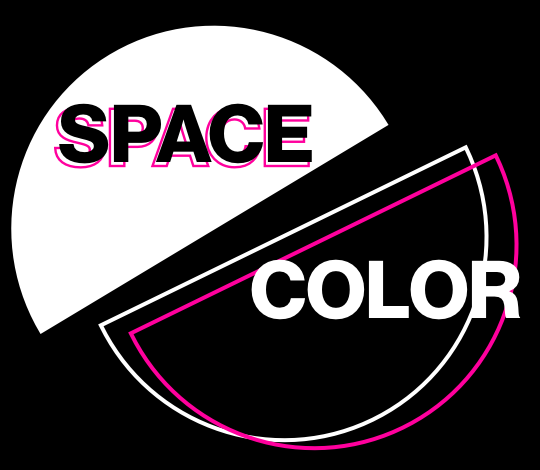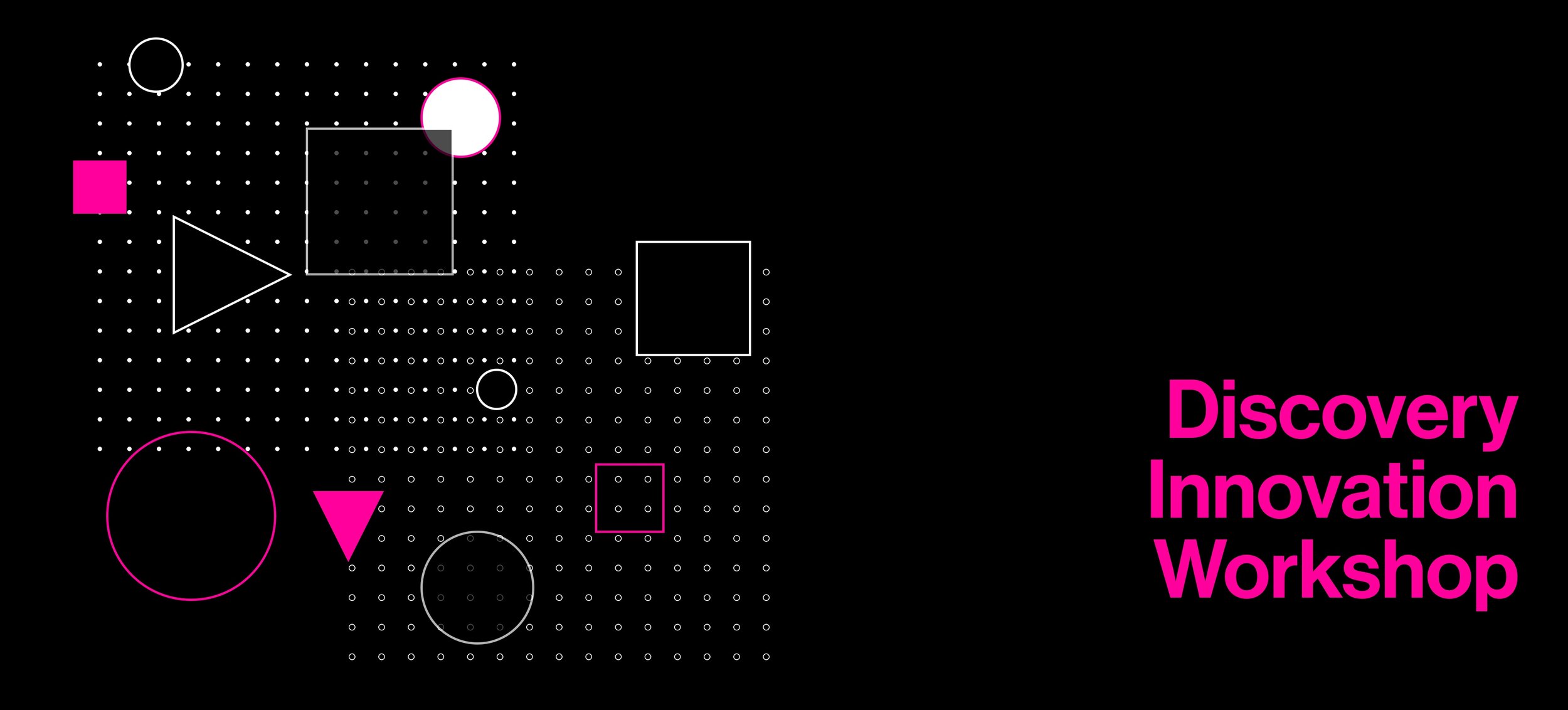Discovery Innovation Workshop
Strategic Planning Workshop
Lead Facilitator
Disclaimer
The following case study is personal and does not necessarily represent IBM’s positions, strategies, or opinions. I have omitted and obfuscated confidential information.
Client
IBM
Timeframe
March 2019
Role
Lead Facilitator
Type
Strategy, Design Thinking, Workshop Facilitation
Overview
In the Spring of 2019, I was invited to facilitate an innovation workshop with executive-level stakeholders. A team of IBM Data And AI leaders, experts, designers, offering managers, and developers met in Pittsburgh for 4 days, and by the workshops close we had a plan for a new product offering.
My role
l was the lead facilitator of the Discovery Innovation Workshop. I was aided by a UX Designer co-facilitator who helped me to plan and execute the workshop activities with 20 attendees.
Challenge
At the beginning of 2019, a new business need had been identified which required technology from several offerings and new technology from research labs to come together to create a brand new product offering. This would be a large undertaking, one which involved many different experts and teams from around the world coming together to reimagine their work and create a new, human-centered product. We had 4 short days to align these stakeholders and get them to think differently.
Approach
Radical collaboration
By the end of the workshop, we needed to have a plan for this new product for which we could write a roadmap and requirements against, and create a logistical plan to bring all of these teams together and start building. The only way to do this was through a series of exercises that would enable these disparate stakeholders to radically collaborate.
Technology share
The workshop kicked off with a series of presentations from each of the offering teams and research groups. This first step was key in allowing the attendees to share their knowledge of the space and the technology, as well as allow the attendees to learn about brand new research which was just emerging from the research labs. The opportunity to begin the week with open conversations about each attendees' subject matter was a valuable way to build rapport and mutual respect between the attendees, and get them thinking about the possibilities that unifying as a new product could bring.
Key personas
Aligning on the key personas for this new offering was an important next step. Design Researchers as well as an Engineering Fellow presented their research around users of our products and potential untapped markets of users that presented a unique business opportunity. This research was used to propel the entire workshop forward— once we had the right users to target, we could focus on understanding their needs.
Needs statements
Next, the workshop participants worked to align on needs statements for the key personas. The Design team provided an overview of a series of pre-prepared needs statements, each organized by use case. The stakeholders were then led through discussion to select, edit, and prioritize two needs statements per use case to be focused on for the rest of the workshop activities.
Journey maps
With needs statements for each of our use cases identified, it was time to create to-be journey maps for each persona and use case. To do this we needed to divide the participants into 4 groups- one for each use case. These groups needed to include the right representation, so my co-facilitator and I pre-selected each group's participants. Each team had 5 team members that comprised a mixture of designers, engineers, offering managers, and business leaders; and they spent the next half-day creating a to-be journey map that satisfied their persona needs statements. This activity culminated in a playback where each team presented their journey and received feedback from the larger group.
Consolidated journey map
We had successfully led the 4 teams to create to-be journey maps, and it was time to bring all the pieces together. I led the workshop participants through an exercise to bring all of the journey maps together into a journey map for a single product that supported the needs of our key personas. This activity was a mixture of lively discussion and active participation through posting up stickies outlining our user's journey on a whiteboard. This was the penultimate activity of the entire workshop, and it allowed the team to see for the first time what this new product could look like.
Elevator Pitch
As our final day drew to a close, we were ready to construct an elevator pitch for the new product. This elevator pitch would serve as the vision statement which each participant would bring back to their respective teams to rally them around this new product effort. I led the team through an activity where we cycled through a few iterations before landing on our final wording. With that, the Discovery Innovation Workshop drew to a close.
Results
The Discovery Innovation Workshop brought a lot of key stakeholders together and over 4 days aligned them around a new product vision. In the days after the workshop ended, a series of requirements checklists were created and a set of Hills were written to break down the work that needed to be completed over the next several months. A logistics plan was also created to continue the spirit of collaboration from the workshop, and coordinate calls and playbacks to keep the team aligned.
In all, the workshop was a success and the new product was released in November 2019.

